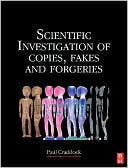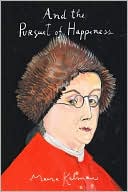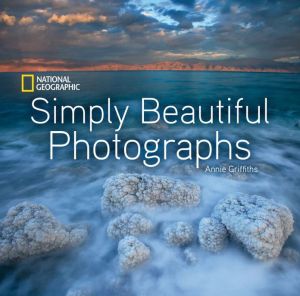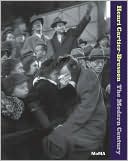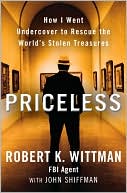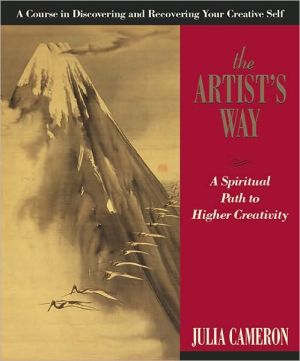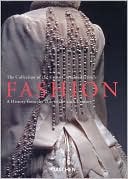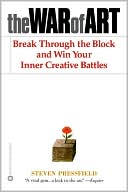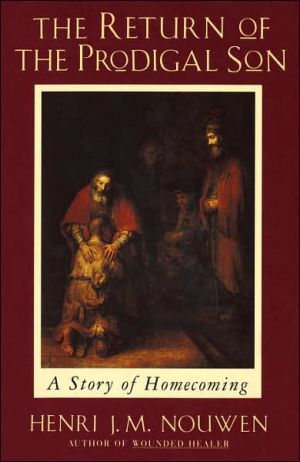Scientific Investigation of Copies, Fakes and Forgeries
Search in google:
The faking and forgery of works of art and antiquities is probably now more extensive than ever before. The frauds are aided by new technologies, from ink jet printers to epoxy resins, and driven by the astronomic prices realised on the global market. This book aims to provide a comprehensive survey of the subject over a wide range of materials, emphasising how the fakes and forgeries are produced and how they may be detected by technical and scientific examination. The subject is exemplified by numerous case studies, some turning out not to be as conclusive as is sometimes believed. The book is aimed at those likely to have a serious interest in these investigations, be they curator, collector, conservator or scientist. Paul Craddock has recently retired from the Department of Conservation, Documentation and Science at the British Museum, where he was a materials scientist.* The only scientific treatise on the subject * Timely with the rise in value of antiquities and the lucrative business of faking * Written by a specialist from the Department of Scientific Research at the British Museum
1 Introduction: Sources, motives, approaches and disclosures 12 Physical examination I: Observation 223 Physical examination II: Determining composition 404 Making a three-dimensional copy 615 Physical dating techniques I: Radiocarbon dating 876 Physical dating techniques II: Thermoluminescence and dendrochronology 1107 Metals I: Composition 1378 Metals II: Metalwork and coins 1579 Ceramics 18610 Glass and enamels 21011 Stone and sculpture 24212 Painting 27113 Paper, prints and documents 31314 The patination of copper and its alloys 34915 Gold and silver 36916 Gemstones and jade 39417 Organic materials: Mainly natural 42218 Organic materials: Mainly synthetic and cloth 44719 Scientific fraud and Charles Dawson 47120 Conservation and concealment: The problems of restoration 497Bibliography 525Index 595
